This ratio compares bilirubin to albumin, offering context for jaundice and overall liver balance.
Securely stored in EU
Cancel anytime
Test 100+ biomarkers
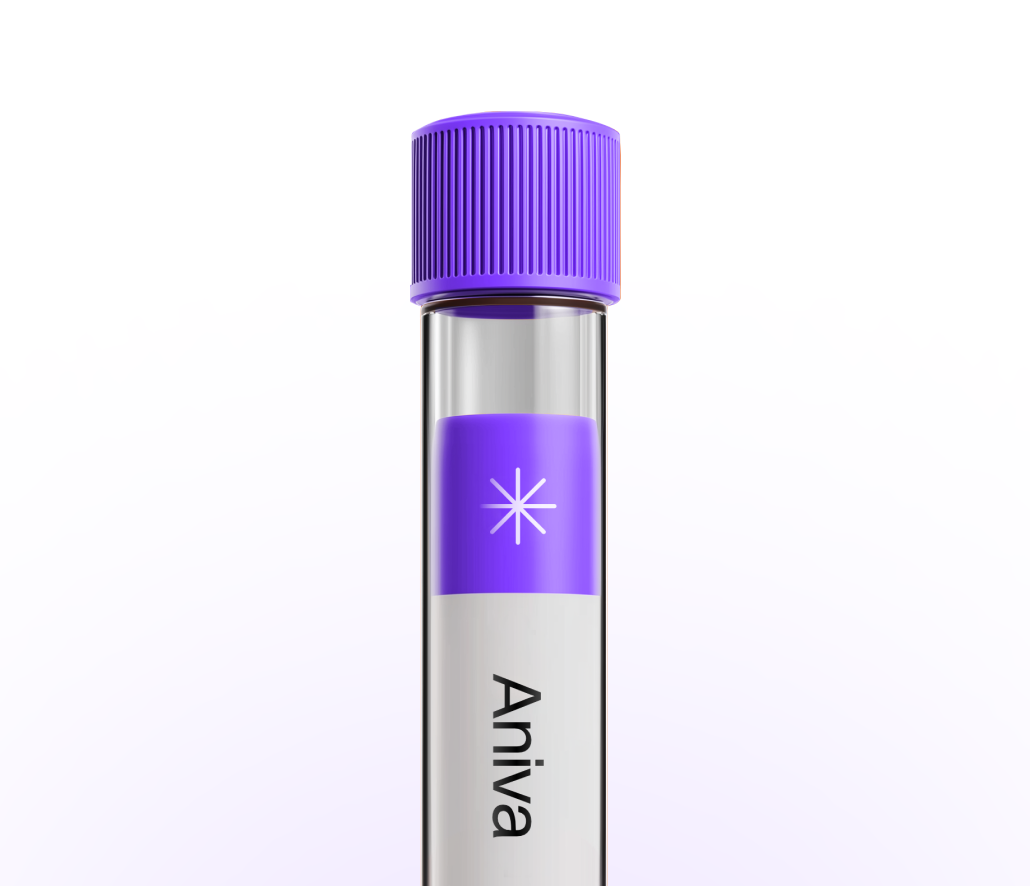
Less than 5 minutes waiting time. One
simple test at one of our 20+ locations.
Get your lab reports within one week.
Accessible on our app and per PDF.
All your health records stored
in a single, convenient place.

Clinicians may order this ratio when bilirubin is high or albumin is low to add context to jaundice and liver reserve. It can help guide follow-up with other liver tests, imaging, or a medication review. In newborn care, some teams consider it alongside bilirubin charts to assess risk. You can test this marker with Aniva across Germany and Finland.
Clinicians may order this ratio when bilirubin is high or albumin is low to add context to jaundice and liver reserve. It can help guide follow-up with other liver tests, imaging, or a medication review. In newborn care, some teams consider it alongside bilirubin charts to assess risk. You can test this marker with Aniva across Germany and Finland.
High: May reflect more bilirubin or less albumin binding, which can occur with bile flow issues, liver stress, faster red blood cell breakdown, or malnutrition. Consider checking direct bilirubin and liver enzymes, and review medicines and alcohol.
Low: Usually not concerning; often reflects a healthy balance with lower bilirubin or higher albumin. Track trends and interpret with other liver tests. This ratio is not guideline-endorsed; no standardized cutoffs.
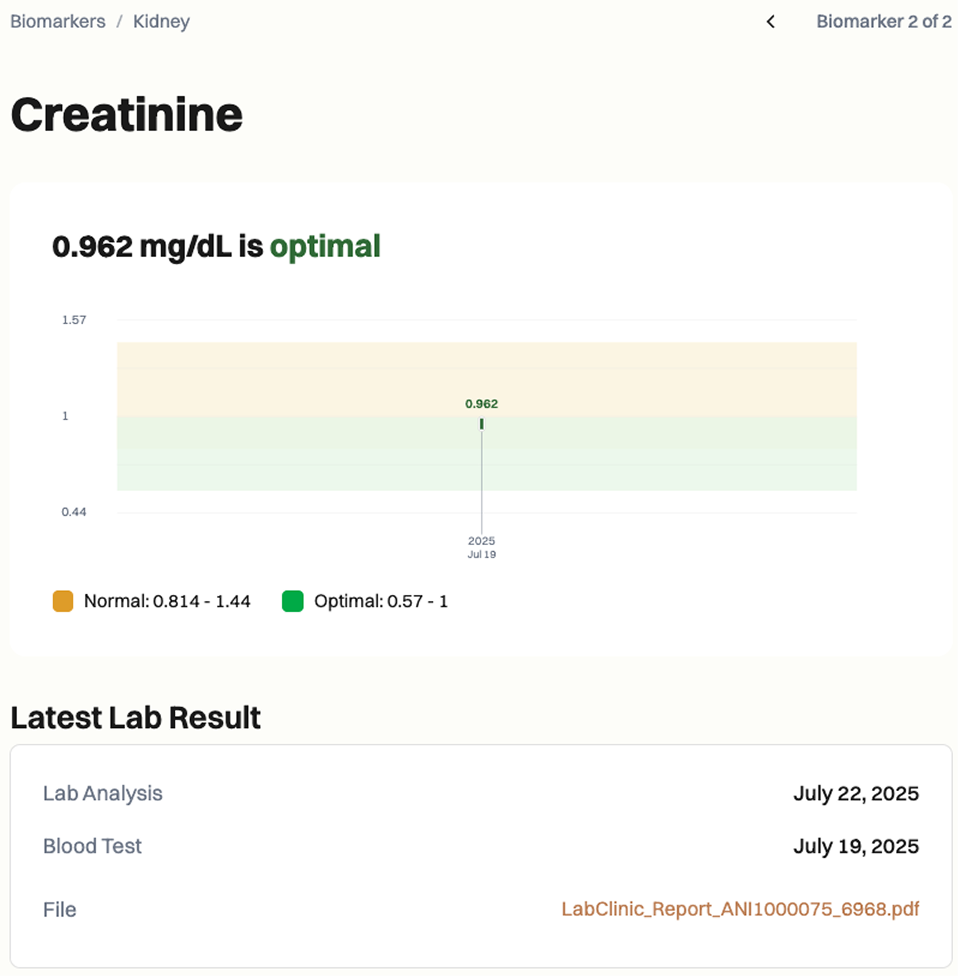
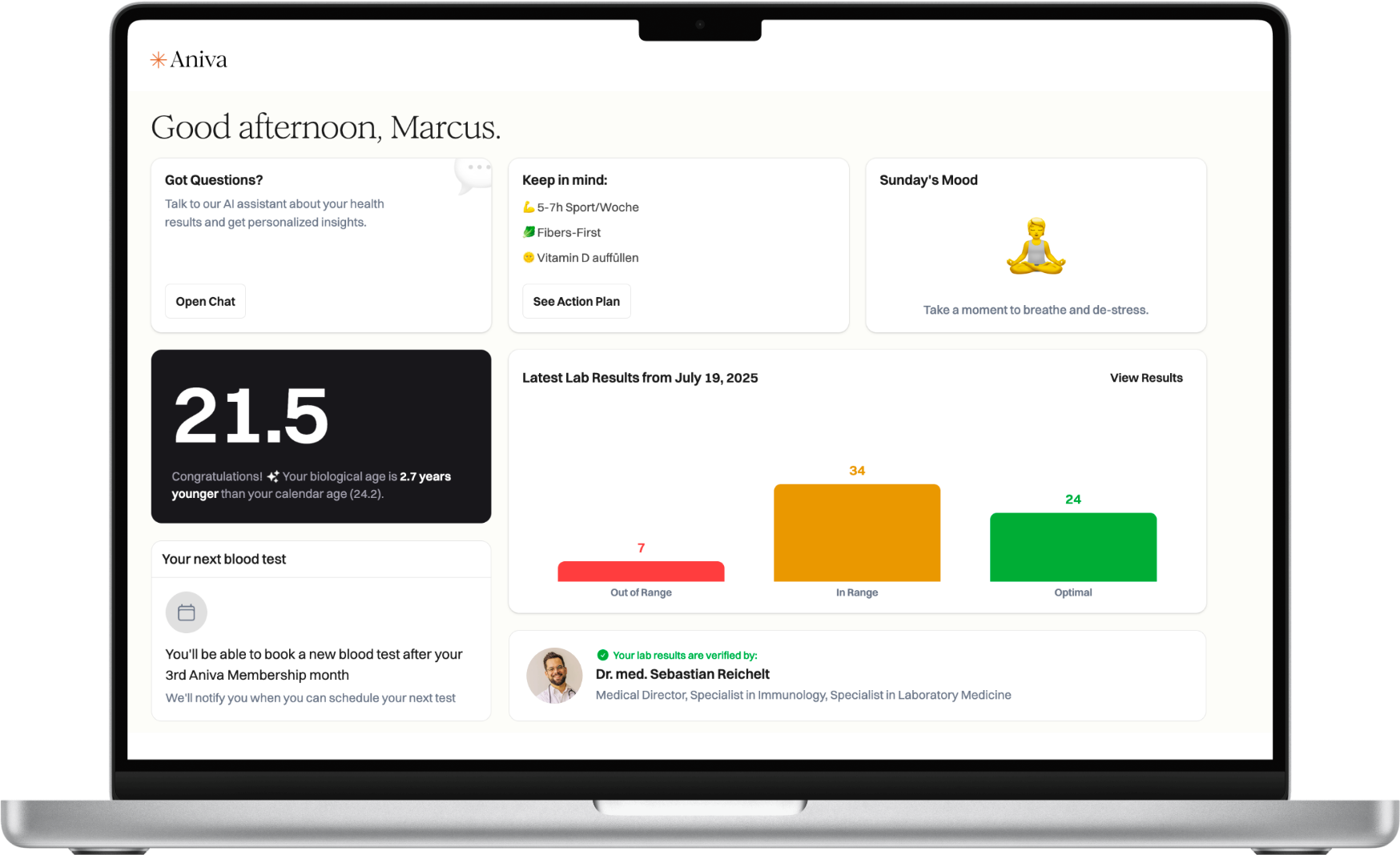
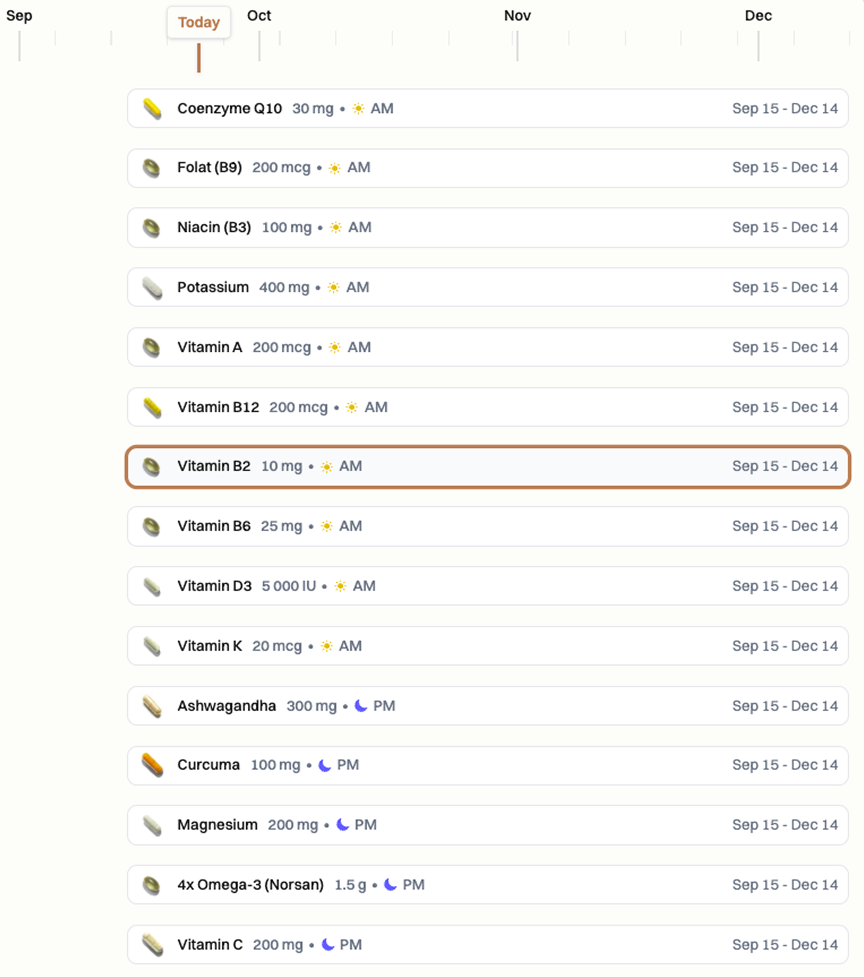
Common factors include dehydration, recent hard exercise, and acute illness, which can shift albumin levels. Some medicines (for example, rifampin, probenecid, and certain HIV drugs like atazanavir) can raise bilirubin without liver damage. High-dose vitamin C can falsely lower bilirubin in some assays. Prolonged tourniquet time or a hemolyzed sample can distort results, and bilirubin is light-sensitive, so samples should be protected from bright light.
Special situations include pregnancy, severe inflammation, or newborn testing; confirm unexpected results with a repeat sample and clinician review.
What does a high result mean? It suggests more bilirubin compared with albumin. This can occur with bile flow problems, liver stress, or low albumin; discuss next steps with your clinician.
Do I need to fast for this test? No. Fasting is not required for the bilirubin/albumin ratio.
What can affect the result? Some medicines (like rifampin or atazanavir), high-dose vitamin C, dehydration, recent hard exercise, and sample handling can shift results.
How often should I check it? Testing is usually done when there are symptoms, abnormal liver tests, or for follow-up. Your clinician may repeat it to track trends.
How quickly will I get results? Most labs report results in about 1–3 business days.
What should I discuss with my clinician? Share all medicines and supplements, alcohol use, and any symptoms such as yellow skin, dark urine, pale stools, or fatigue.

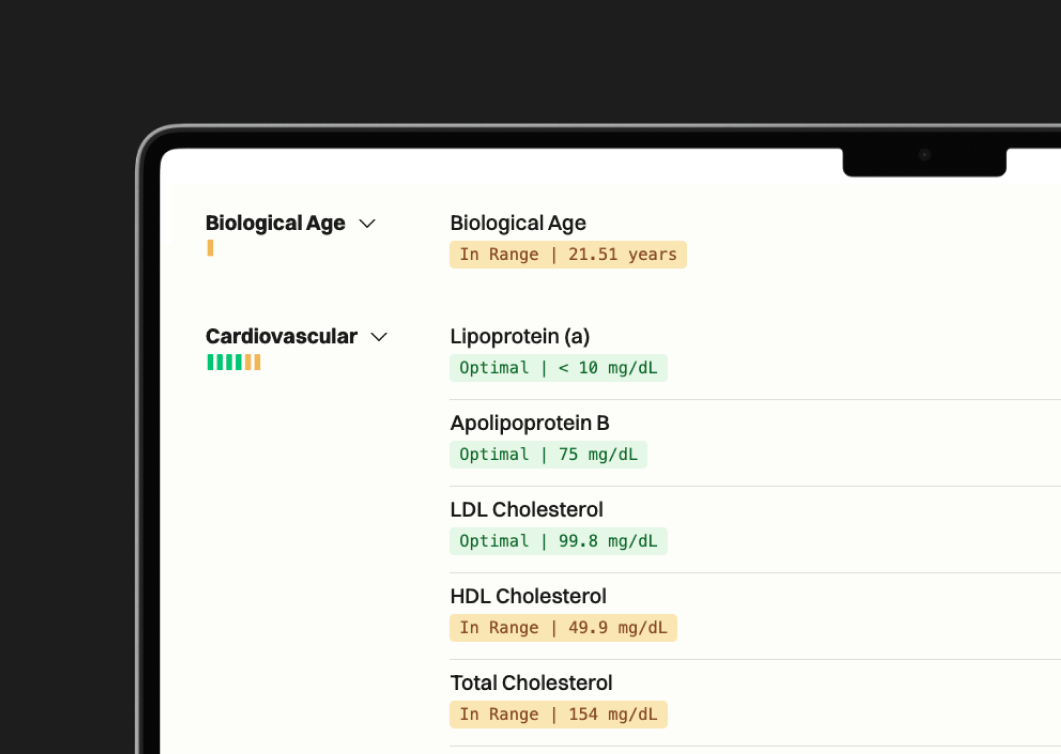

One annual blood test (100+ biomarkers)
Clinician-reviewed insights
Personalized action plan
Access to our AI Concierge
Access to curated products


63%
44%
70%